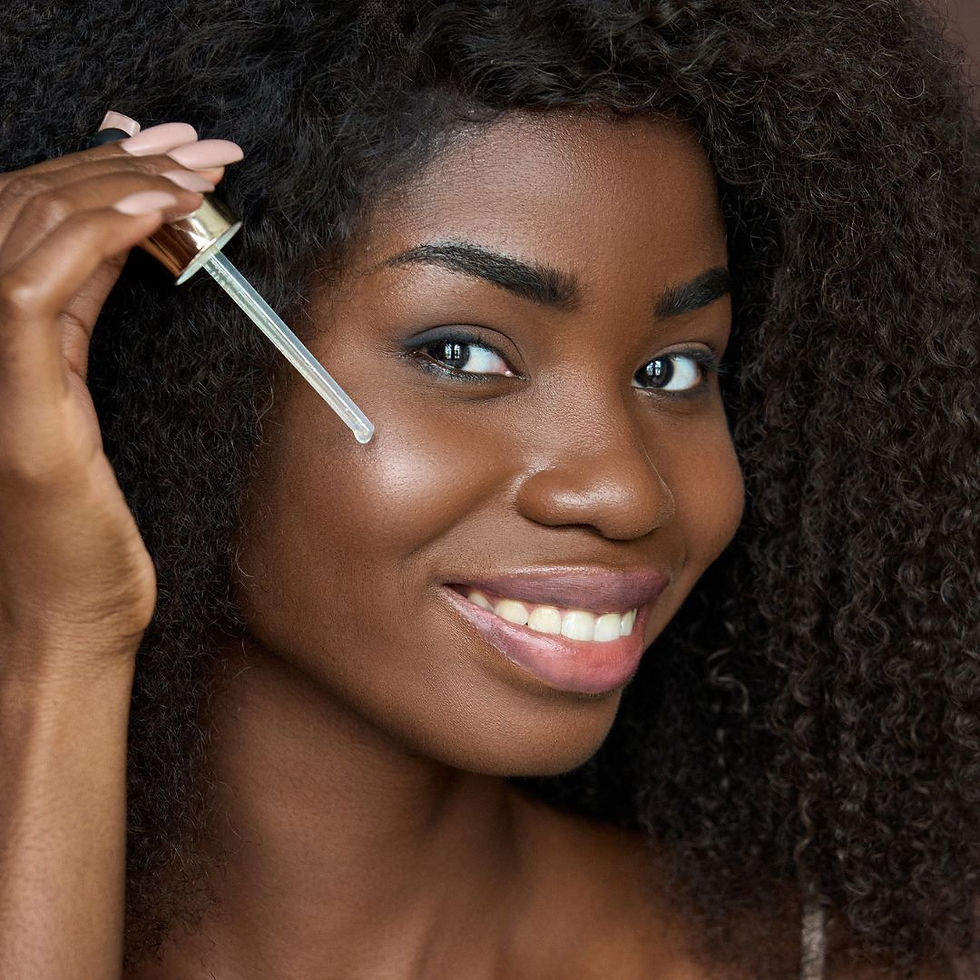Navigating the Economic Waves: The Impact of Economy on Aesthetic/Medical Spa Space
- Kathy Walton
- Oct 28, 2023
- 3 min read

The economic landscape has a profound influence on various industries, and the aesthetic/medical spa space is no exception. As we navigate through the ebbs and flows of the economy, it's crucial to understand how these shifts impact the medical aesthetics industry and what strategies can be employed to drive business success.
The Economic Impact on Medical Aesthetics
Despite the recent economic uncertainties, there is very positive news, the medical aesthetics market has shown remarkable resilience. The Great Recession provided valuable insights into how this industry reacts to economic downturns (1). The "lipstick effect" was evident, where consumers were more likely to splurge on small luxury items, like aesthetic treatments, during a recession (2).
In 2023, the medical aesthetics industry continues to grow, attracting significant investor attention3. This growth is driven by an untapped market potential and an increase in demand for non-invasive procedures (3 &4). However, it's important to note that while the industry is resilient, it's not immune to economic downturns (5).
Strategies for Success in a Down Economy
While economic downturns may pose challenges, they also present opportunities for med spa owners to innovate and thrive. Let explore: Navigating the Economic Waves: The Impact of Economy on Aesthetic/Medical Spa Space. Here are some key strategies:
1. Prepare for Economic Cycles: Understanding that economies go through cycles of boom and bust can help meds pas prepare for possible recessions (5). This preparation might include diversifying service offerings or building a robust savings plan.
2. Recession-Proof Your Business: High operating costs can be a challenge in the aesthetics business (6). Finding ways to manage these costs efficiently, without compromising on quality, can help make your med spa recession-proof.
3. Leverage the 'Lipstick Effect': During economic downturns, consumers still value self-care and small luxuries (2). Offering affordable, non-invasive treatments can attract these customers.
4. Adapt to Changing Demand: The recent "zoom boom" increased demand for certain aesthetic procedures (4). Keeping a pulse on consumer trends and adapting your services accordingly can help drive business.
Lucrative Procedures in a Down Economy

In a down economy, the aesthetic industry often sees a shift in consumer behavior. Patients still desire effective treatments but become more price-conscious, avoiding high-ticket items like lasers. This is where cost-effective procedures and retail skincare can play a pivotal role in maintaining and even growing brand reach, profitability, and revenue.
Retail skincare products are lucrative in a down economy for several reasons. They offer customers an affordable yet effective way to maintain good skin health and manage skin issues. High-quality skincare products can deliver significant improvements in skin texture, tone, and overall health, providing visible results without the need for expensive treatments.
Facials, chemical peels, neurotoxins, fillers, and microneedling are other cost-effective treatments that yield impressive results. These minimally invasive procedures address a variety of skin issues, from wrinkles to acne scars, at a fraction of the cost of laser treatments. Facials and chemical peels can refresh and rejuvenate the skin, while neurotoxins and fillers can reduce signs of aging by smoothing wrinkles and adding volume source. Microneedling stimulates natural collagen production, improving the skin's appearance over time.

By focusing on these affordable, result-oriented procedures and retail skincare, aesthetic clinics can meet the needs of price-sensitive consumers while maintaining profitability. It's about delivering value and visible results, allowing patients to invest in their skin health without overspending.
The global aesthetics injectables market is projected to grow significantly over the next five years (7). Other lucrative areas could include treatments that address specific, unmet needs in the marketplace (8).
Despite the fluctuating economy, the outlook for the medical aesthetics industry remains positive (9). By understanding the economic impact, implementing strategic business practices, and focusing on profitable procedures, med spa owners can not only navigate economic downturns but also drive their businesses to new heights.
Footnotes
1 Practical Dermatology (https://practicaldermatology.com/articles/2014-aug/the-effects-of-the-great-recession-on-medical-aesthetics)
2 Beauty Matter (https://beautymatter.com/articles/seven-reasons-why-the-medical-aesthetic-market-is-inflation-and-recession-resilient)
3 BCG (https://www.bcg.com/publications/2023/medical-aesthetics-industry-growth-attracting-investors)
4. The Skin Consult (https://www.theskinconsult.com/blog/are-you-planning-for-how-post-pandemic-recession-can-affect-aesthetics.html)
5. American Med Spa (https://americanmedspa.org/blog/storm-watch-how-to-prepare-your-medical-spa-for-a-possible-recession)
6. Lengea Law (https://lengealaw.com/how-to-recession-proof-your-medical-spa/)
7. McKinsey (https://www.mckinsey.com/industries/life-sciences/our-insights/from-extreme-to-mainstream-the-future-of-aesthetics-injectables)
8 Modern Aesthetics (https://modernaesthetics.com/articles/2022-sept-oct/the-plastic-surgery-medical-spa-markets-a-rising-tide-of-mergers-acquisitions-and-capital-placement-activity)
.png)
Comments